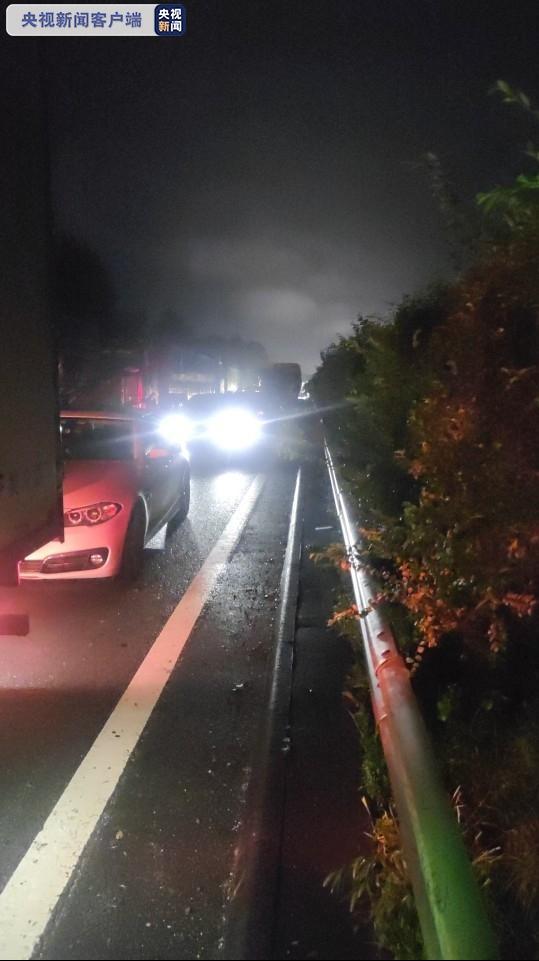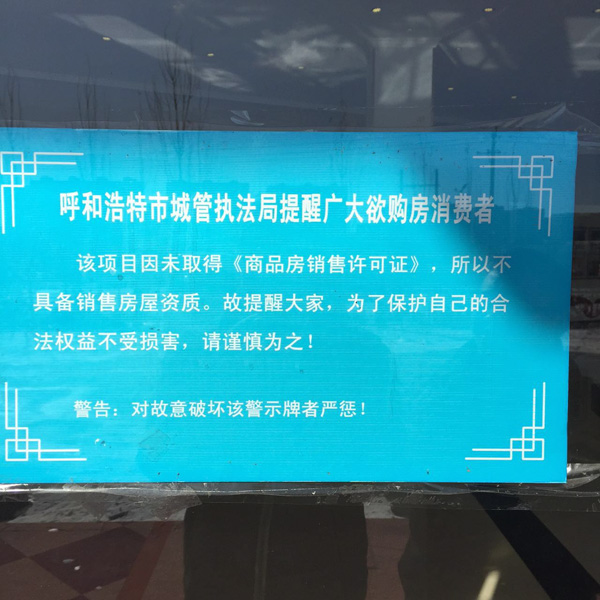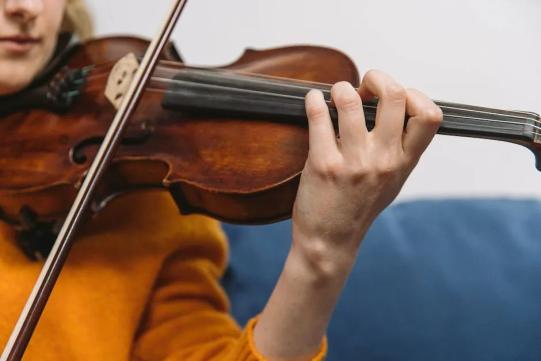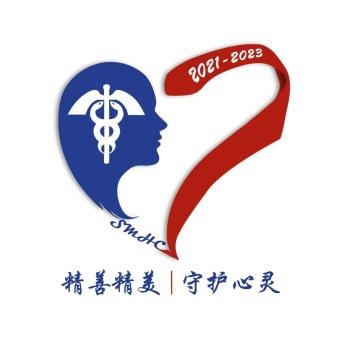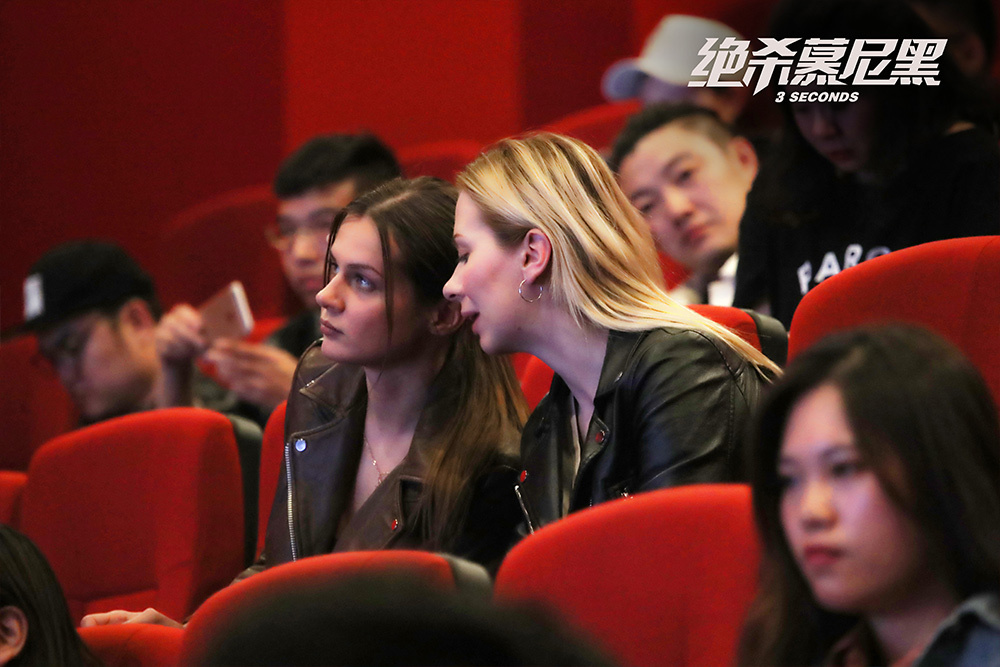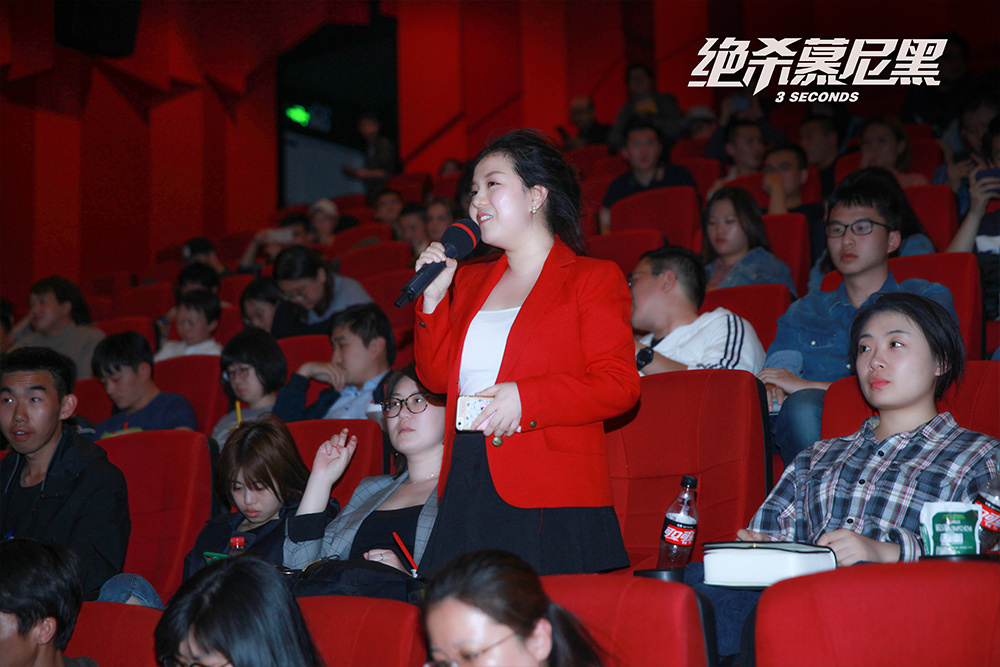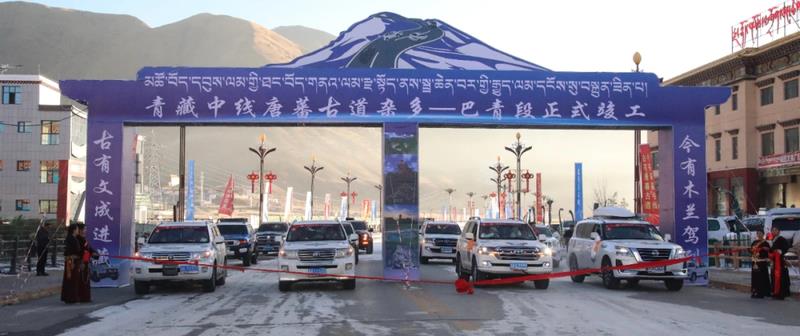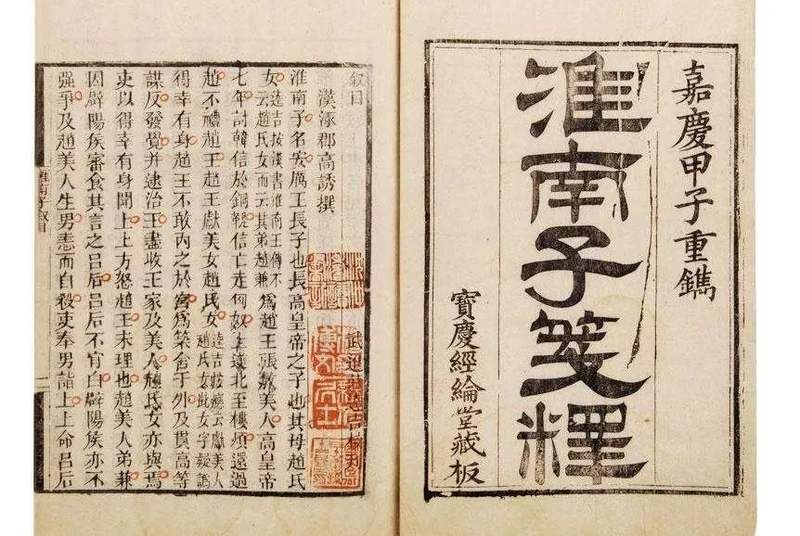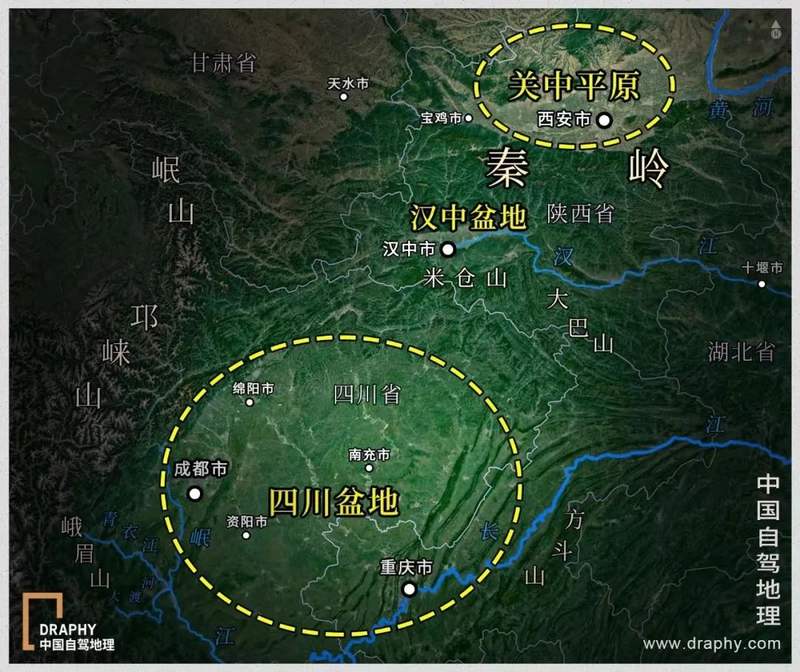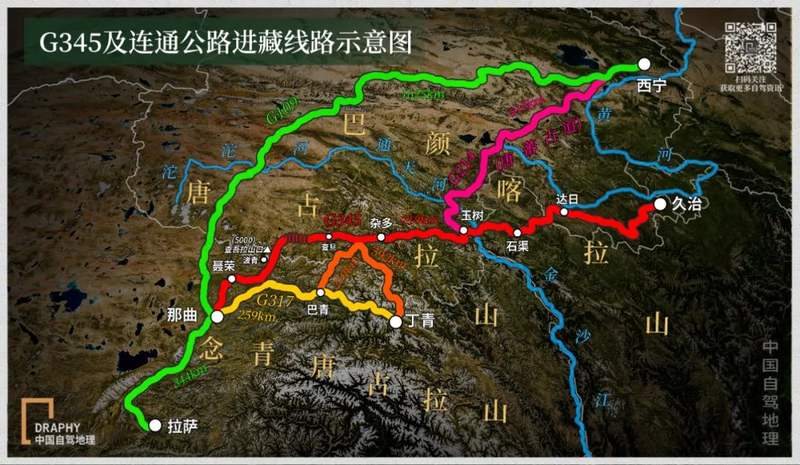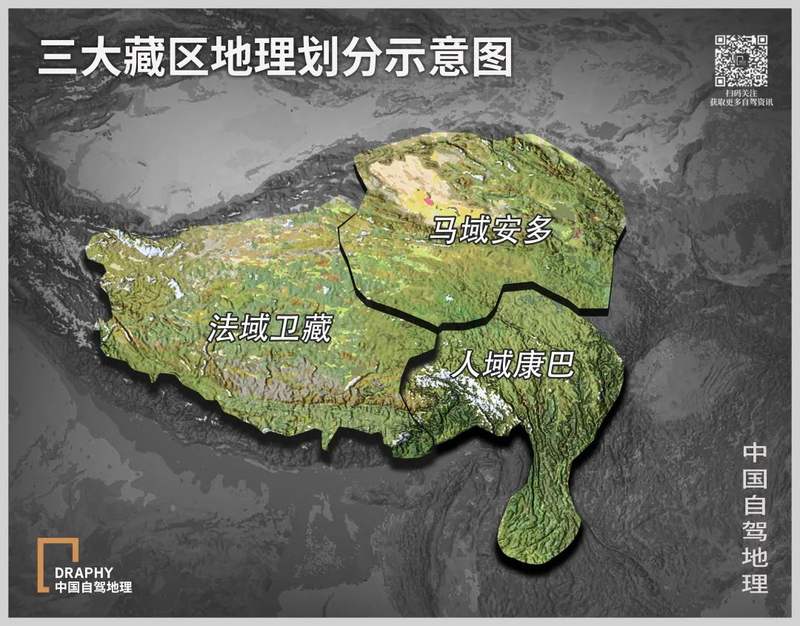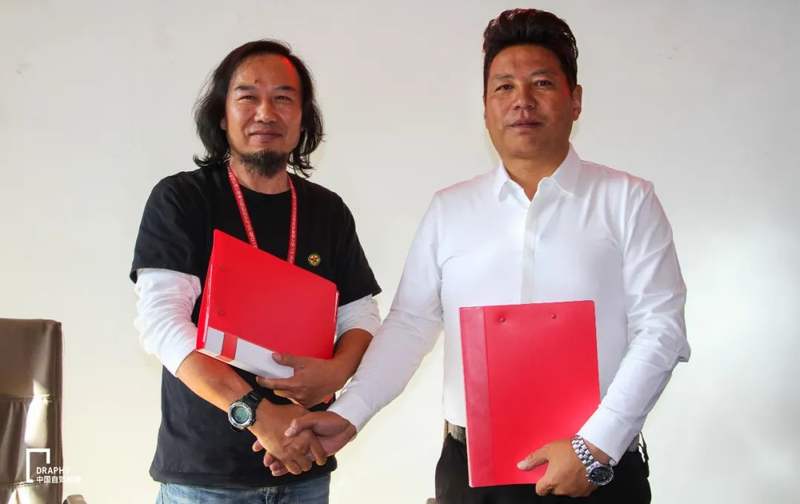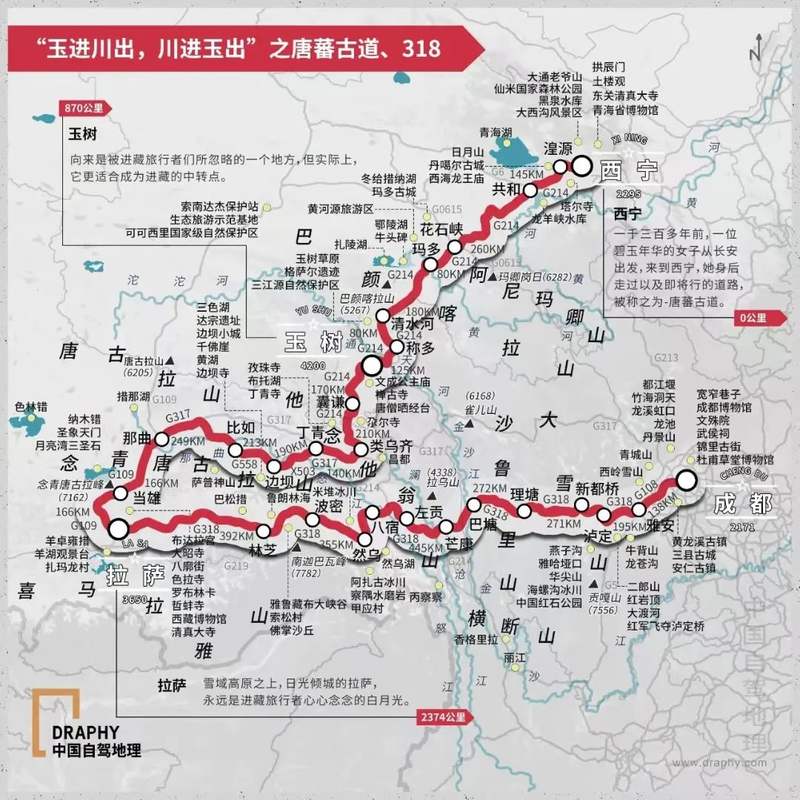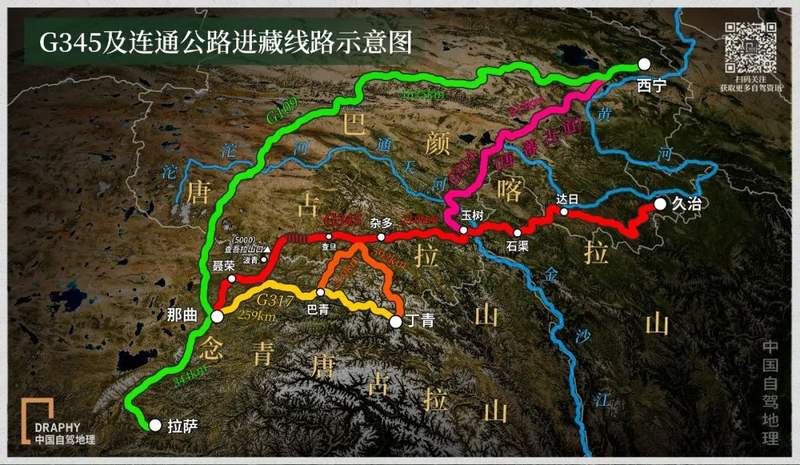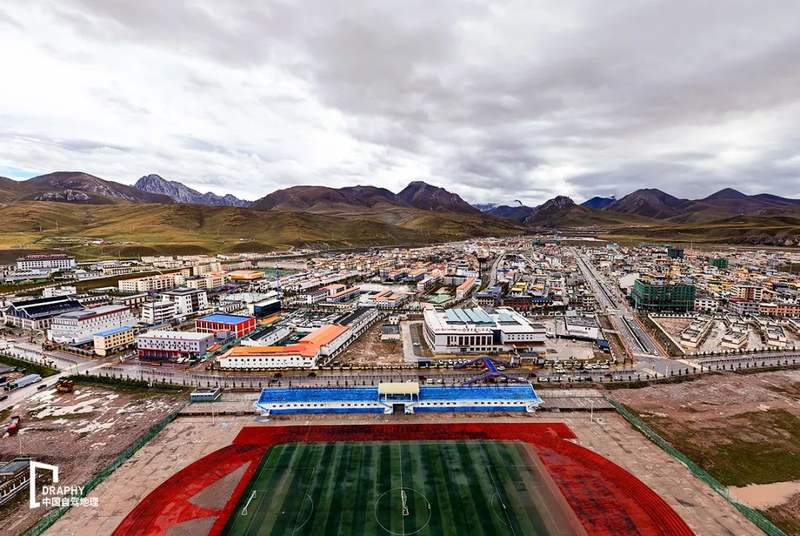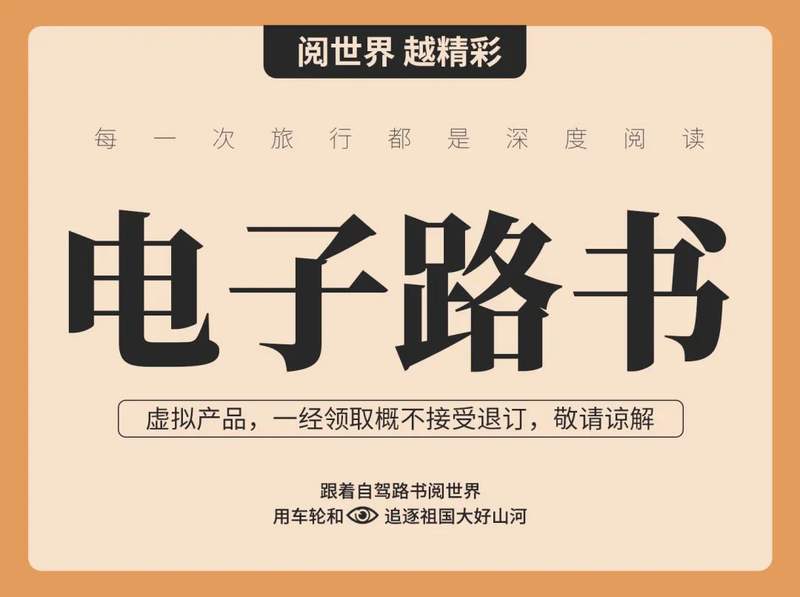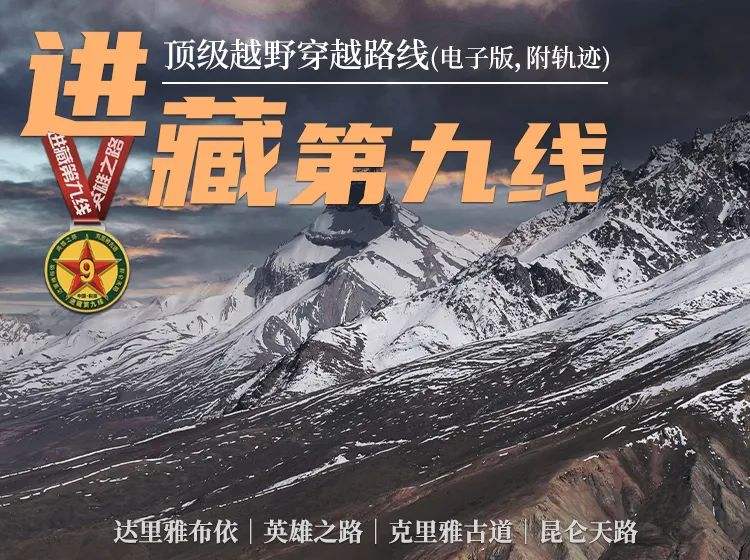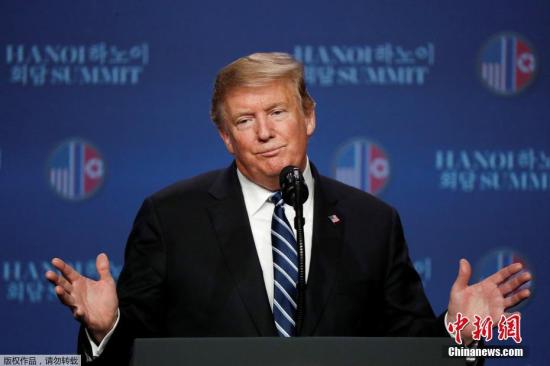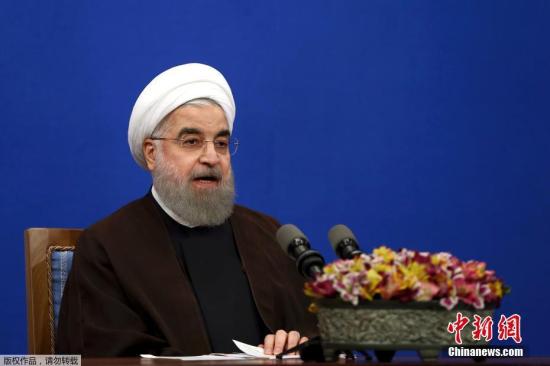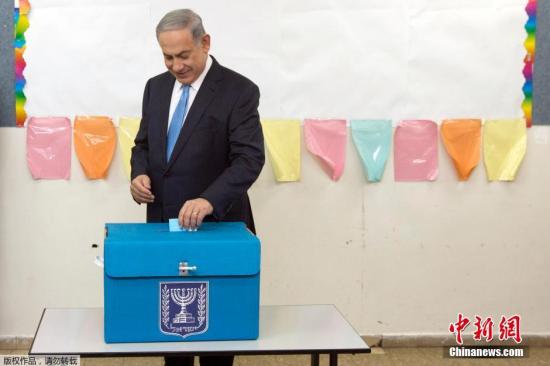On November 21, Hohhot ushered in the first heavy snow since winter, and the swirling snowflakes covered the buildings that stopped working one after another.
This is the city with the highest inventory among the cities with statistical data in China, and it is also the first city in China to release the purchase restriction.
As early as this year’s "March 30" New Deal, on June 26, 2014, after the "purchase restriction order" was implemented for more than three years, Hohhot officially issued a document to cancel the purchase restriction.
According to the official data given by the Housing and Construction Bureau of Hohhot, the total inventory of Hohhot is currently 45 million square meters, except for shantytown renovation, affordable housing, relocated housing and targeted group purchase. At present, the inventory of pure commercial housing in Hohhot is more than 9 million square meters. According to the annual rate of about 3 million square meters in Hohhot, the decontamination cycle is three years.
The reporter from The Paper (www.thepaper.cn) found that the situation may be worse than the official data.
Developers who have racked their brains to sell houses:
The down payment was reduced to 16,000
On November 23rd, The Paper (www.thepaper.cn) came to the sales office of Thai Khan House in the new urban area of Hohhot. The room was empty, there was no customer, and the window was covered with white snow.
Sales staff said that the real estate will be delivered next year, and the price will be 6500-7000 yuan/square meter. "Now the market is not good. When there are many, you can sell more than 10 sets a month, and when there are few, you can only sell a few sets a month."
A similar situation is basically normal in Hohhot, and several properties that reporters have run since then have also encountered similar situations.
The sales office is empty.
In the sales office of Xiangxiehuadi in Jinqiao Development Zone, the person in charge of the agency said that the average price of the building was 5,700 yuan/square meter, and the monthly sales volume was fifteen or six sets.
The salesperson of Xiangtai Plaza, another real estate, told reporters that the average price was 6,200 yuan/square meter, "five or six sets can be sold in one month."
The high-end market is also depressed, and the sales volume is almost negligible.
In the Jintai Center of Ruyi Development Zone, The Paper only saw three left-behind salespeople in the sales office.
The salesperson said that the real estate is selling large units of 200-300 square meters, with an average price of 15,000 yuan/square meter. "It has been sold for four years. This year, I held a group purchase activity with the bank, and I can sell about 7 sets a month."
Another high-end real estate, Yitai Huafu Shijia, is in a similar situation. The salesperson said that the apartment type of the real estate for sale is 300-900 square meters, and the average price is 16,500 yuan/square meter. "It has been sold for two years. If it is good in one month, it can sell one or two sets."
"At present, it is very good to sell 30 or 40 sets of residential projects in Hohhot a month." A real estate agent told reporters this way.
The relevant person in charge of a brand of real estate enterprises said that their projects are currently priced at 6,000-8,000 yuan/square meter, and they can sell 30 or 40 sets a month on average. "The pressure is relatively high. The sales task we set at the beginning of the year is 1.8 billion yuan. At present, we have only completed 65%, and there is still one month left. We will try our best to sprint next."
In order to sell the house, developers almost racked their brains, and the most common thing is to reduce the down payment.
The most common way for developers is to reduce the down payment.
In the California Mansion in the new city, the sales staff said that the average price of the real estate is 5,900 yuan/square meter, and the down payment is launched in stages, with a down payment of 20,000 yuan and five down payments in two years. The first four times only need to pay 20,000 yuan each time, and the last one pays 40% of the down payment. "You can sell 70 or 80 sets once a customer opens a plate."
In the sales office of Evergrande City in Xincheng District, the sales staff said that the down payment was staged, with a down payment of 16,000 yuan, and the rest of the down payment was paid once every six months within three years. Only 16,000 yuan was paid for the first five times, and the remaining down payment was made up for the last time. "We opened the market at the end of May. At present, more than 1,300 houses have been sold for 2/3. The average opening price is 7,200 yuan/square meter, and now the average price is 7,700 yuan/square meter. Our project can be sold in the whole city, and the surrounding buildings can’t move."
According to Nie Qifei, general manager of Beijing Yingce, a real estate agency in Hohhot, for these properties with down payment, the developer will ask the customer to cooperate with the mortgage loan after paying the down payment, so that the developer can withdraw 70% of the funds, which is equivalent to getting the cost back, and the remaining 20% will be paid back by the customer slowly.
Real estate shutdown: the houses are all paid for the project.
On November 24th, twenty or thirty migrant workers filled the sales office in Joy Square in the new city, claiming that the developer owed them several million yuan for the project.
The salesperson told reporters awkwardly that this situation is very common in Hohhot. She told reporters that the price of the real estate is 6800-7200 yuan/square meter, and there can be zero down payment, but there must be a RV mortgage.
Nie Qifei said that this situation is not bad, and some real estate developers will choose to take the initiative to stop work when they see that the market is not good.
He said that at present, the developers of the three properties they represent will not build because the market is not good. "They are all parked and there is basically no sales. Some projects came to our agency, and we didn’t dare to pick them up when we saw that the procedures were incomplete. "
On November 25th, The Paper (www.thepaper.cn) came to Tianjiao, a real estate era in Huimin District. I saw the door of the sales office locked and there was no one inside.
According to a resident who has already checked in, according to the plan, there are 8 buildings in the community, but at present, only two buildings have been built, and the remaining 6 buildings have not yet been built. "I just bought it from someone else in April this year. It is only 300,000 yuan for 64 square meters. In Hohhot, it is normal to live without a real estate license."
In another real estate, Blue Home, the project is also only partially built, and Baixue will cover the site that has been shut down.
According to market sources, the property has been rotten for seven or eight years, and the developers have changed several times. "In 2006 and 2007, when the market was good, it opened for sale. Although it sold well at that time, there was a contradiction between the developer and the investor. The property has been idle there, and no progress has been made until the market is bad."
At No.1 Park in Saihan District, the thick ice and snow seemed to seal up the whole building, the door of the sales office was locked, and no one could be found in the huge construction site.
An old lady at the door said that the building has been shut down for more than a year.
The owner surnamed Dong, who bought a house here, told The Paper (www.thepaper.cn) that he bought the house here the year before last with a unit price of 6,000 yuan. "At first, it was said that the house could be delivered in 2012, but it has not been delivered yet."
According to a local developer, the real estate is no longer available for sale because a large number of houses are taken out for payment to builders and materials suppliers. The remaining problem is to complete the real estate.
A local developer in Hohhot told The Paper (www.thepaper.cn) that their data showed that only a few dozen of the nearly 500 buildings in the city were actually started, nearly 30% of them were at a standstill, and only 10% of them had good sales.
Also affected are businesses.
Stopped workInner Mongolia shopping mall
In the Inner Mongolia Shopping Mall in Huimin District, the sales office of hundreds of square meters is empty, dimly lit and dusty, and the sales control table peeled off on the wall also shows the hot subscription at the opening.
A left-behind staff member said that the real estate has stopped selling. "The documents are being reissued, and the project has been stopped. The first phase of delivery will be completed by the end of next year."
Inner Mongolia Mall, with a planned area of 3 million square meters and a total investment of 10 billion yuan, is known as the largest commercial project in northwest China. It is developed by Inner Mongolia Fenglong Real Estate Development Co., Ltd., with a first phase area of 500,000 square meters. It was originally planned to open this year. Since this year, the project has been in a state of suspension.
The Paper reporter saw at the scene that all the way down Guangming Street for more than 200 meters was surrounded by the construction party, but only one or two four-or five-storey building skeletons were built on the west side. According to market participants, the project opened in 2013, and the developer promised to cap it in October 2014. The previous sales have reached more than one billion yuan.
Historical legacy: a large number of buildings with incomplete five certificates
In Hengtai Shengdu, South Second Ring Road, Yuquan District, the main structure of the building has been capped, and some buildings have been built, but the roads and supporting facilities of the community have not been completed.
According to the property owners and market participants, according to the subscription contract, the planned delivery time of the property is June 30, 2013, but until now, the delivery is far away. It is such a property that is close to completion. The developer has no five certificates for development and sales. Because there is no procedure, the owner who paid 30% down payment cannot apply for a bank mortgage loan.
In Baidu City, Ming Ze, Xinhua West Street, Huimin District, an owner surnamed Xin said that the building was handed over in 2007, and the developer did not have the same certificate. At that time, the market was on fire, and thousands of houses were sold out quickly, with a price of 2700-2900 yuan/square meter.
"There is no formalities until now, and we don’t have a real estate license. The owners basically paid the down payment and paid the full amount, so I paid the full amount. " The owner surnamed Xin said that it is not practical to live without a real estate license. There is only a purchase contract. I don’t know if this house is my own, and it is impossible to make a mortgage. It is also a problem for children to go to school.
According to Mr. Qiao, a citizen of Hohhot, he bought a house in a real estate in the West Second Ring Road in 2011, with a unit price of more than 2,000 yuan. He has been staying for four or five years, and there has been no real estate license, only a purchase contract signed with the developer. "In Hohhot, there are many real estates without certificates, and the real estates five or six years ago are basically unlicensed. The house without a certificate is cheap, and our people don’t have much money. Anyway, if we buy it, we live by ourselves and don’t fall down. " However, Mr. Qiao said that he would be willing to spend some money if he could run the Shanghai Stock Exchange.
The deputy general manager of a real estate agency in Hohhot said that the real estate market in Hohhot is very irregular, and 80% of the projects they have represented have no five certificates and 50% have no one certificate.
The deputy general manager said that in other areas, developers can’t do the project without 300 million yuan, but in Hohhot, some developers can do the project with only 20 million yuan. "The land payment is not required, and the construction is funded by the construction unit. His own investment is very small. Due to insufficient funds, the follow-up funds could not keep up, and many projects stopped there. "
"This is a strange phenomenon unique to Hohhot, which is simply unimaginable in the south." A Zhejiang developer in Hohhot said.
The developer told the reporter that in order to develop and build a project according to the conventional process, the first card needed first is the construction land planning permit, the second card is the land certificate, the third card is the project planning permit, and the fourth card is the project construction permit. These cards are all related. Only when each card is completed can the next card be obtained, and the fourth card can be started, and finally the pre-sale permit is obtained. "Without one of the previous cards, it is impossible to give you a pre-sale permit. However, in Hohhot, before the fourth certificate was issued, the building started long ago. The land was not auctioned and hung, and the houses were built, and everyone moved in.
When interviewing local government departments, The Paper (www.thepaper.cn) learned that most of these cases are the negative effects caused by a large number of preferential policies for developers by the government’s investment attraction in earlier years.
In recent years, the management of government departments has become stricter, and the Hohhot government is gradually stepping up efforts to clean up these problems.
In the Hilton Plaza in Beichen, Xincheng District, the 17-storey office building and apartment have been completed, and the owner of the office building has settled in one third. However, the door of the office building is impressively reminded by Hohhot Urban Management Law Enforcement Bureau that the project is not qualified to sell houses because it has not obtained the Commercial Housing Sales License. Therefore, I remind everyone that in order to protect their legitimate rights and interests from damage, please be cautious.
Government reminder notice
Su Rui, director of the Housing and Construction Bureau of Hohhot, told the The Paper that there are about 500 properties for sale in Hohhot, and there are 174 projects with incomplete procedures, affecting 130,000 households and about 500,000 residents.
"Now we are focusing on solving it. At present, we have studied 166 projects and are completing the formalities. This year, we have reissued more than 24,000 house property certificates, and it is estimated that we can reissue 50,000 sets next year." Su Rui said.
Su Rui said that the problem of incomplete procedures is a problem accumulated over the years and involves many government departments. "In the past, we used to get on the bus first, then make up the ticket, some for attracting investment, and some for presenting the 50 th National Day and 60 th National Day projects. 174 projects are difficult to classify and have different backgrounds, "Su Rui explained.
It is reported that in order to solve the problem of incomplete procedures, the Hohhot municipal government has set up a "legacy office" and issued two targeted documents, which are led by the municipal government and jointly studied with various departments to come up with suggestions. Last year, 98 projects with incomplete procedures were sealed up.
"But this one size fits all, are not allowed to sell is not a way. If developers are not allowed to sell, their funds will become even more problematic. "Su Rui said that the prices of some projects seven or eight years ago were not high at that time. If the land transfer fee is to be paid according to the current standards, it is not realistic enough, and the developers do not have the money, so they can only compromise according to the situation at that time.
The amount of inventory: actually more amazing than the official announcement
According to Cui Xuewu, general manager of Shengjiuhe, a real estate agency in Hohhot, before 2012, it was a period of rapid development of the real estate market in Hohhot and also a golden period.
"At that time, Hohhot was indeed a depression. In 2004 and 2005, the annual real estate development in Hohhot was less than one million square meters. The price is also low, and the average price per square meter is two or three thousand yuan. As long as there is a real estate for sale, it will be sold out soon. " Cui Xuewu said that at that time, the purchasing power of Inner Mongolia was also strong. People who got rich quickly by coal and energy came to Hohhot to buy houses. The market was improving, and various developers also invested in it, including some enterprises that were originally engaged in coal and energy industries. Some brand housing enterprises also entered one after another.
According to the relevant personage of Hohhot Housing Society, before 2012, the house price in Hohhot has been rising. Take the project of a brand real estate enterprise as an example, it opened in 2007, and the average price was 3,200 yuan/square meter, which quickly rose to 4,000 yuan/square meter, and reached 5,000 yuan/square meter in 2009, 6,000 yuan/square meter in 2010 and 7,000 yuan in 2011.
With the introduction of the purchase restriction policy, the market quickly cooled down. "At the peak of the market in 2012, the price of the whole city was 7,000-8,000 yuan/square meter, and the current price returned to 5,000-6,000 yuan/square meter." The person in charge said.
On March 31, 2011, under the background of the tightening regulation of the national property market, Hohhot also issued a "purchase restriction order", and the overall property market in Hohhot immediately entered a freezing period.
Cui Xuewu said that the turning point in the market was in 2012, and the inventory began to surge from 2012.
"Many developers are also greedy. When the market is good, they don’t hurry to sell. They hoard houses and hoard land in large quantities, hoping for price increases in the later period. By 2012, the regulatory role has emerged and they can’t sell it." Cui Xuewu has some regrets.
Due to a large number of land grants to build buildings in the early stage, there was a large backlog of real estate in Hohhot, and the inventory began to increase.
According to the official data given by the Housing and Construction Bureau of Hohhot, the total inventory of Hohhot is currently 45 million square meters, except for shantytown renovation, affordable housing, relocated housing and targeted group purchase. At present, the inventory of pure commercial housing in Hohhot is more than 9 million square meters. According to the annual rate of about 3 million square meters in Hohhot, the decontamination cycle is three years.
However, this inventory data is only for projects with complete five certificates, and a large number of buildings without formalities are not included.
A local developer in Hohhot said that according to their data, including those projects with incomplete procedures, the total inventory in Hohhot is currently 40 million square meters, of which the pure residential inventory is 24 million to 25 million square meters. According to the annual decontamination amount of 3 million square meters, the inventory decontamination cycle is 7-8 years.
According to the data of Hohhot Municipal Bureau of Statistics, from January to September this year, the city’s real estate development investment was 40.64 billion yuan, down 5.2% year-on-year (compared with the same period of last year). In the first three quarters, the newly started area of real estate in the city this year was 6.315 million square meters, up 8.6% year-on-year, of which the residential area was 4.315 million square meters, up 2.0% year-on-year. By the end of September, the total sales area of commercial housing in the city was 2.137 million square meters, an increase of 2.8% over the same period last year. The main problems are that the scale of development and acquisition of land has been greatly reduced, and the construction and completion areas of houses have both declined. By the end of September, the land acquisition area has decreased by 52.3% year-on-year, and the construction and completion areas have decreased by 5.8% and 19.7% respectively.
The person in charge of Hohhot Branch of a brand real estate enterprise said that according to their internal statistics, at present, the decontamination cycle of Hohhot Commercial Office is more than 185 months, and the decontamination cycle of houses is 72 months, which has to be sold for seven or eight years.
The person in charge of a real estate agency company told The Paper (www.thepaper.cn) that in many real estates, the most houses are not developers, but builders.
The developer’s documents are not uniform, the bank’s loan can’t come down, the construction unit has to build, and the money is really not available. The developer can only arrive at the house.
For example, the agent said: "For example, for a project we represent, the market price is 6,000 yuan/square meter, and the developer pays the bill to the builder at the market price, and the builder pays the bill to the material supplier, and finally sells it to the customer for more than 3,000 yuan, requiring a one-time payment. Developers also have no money to pay our agency fees, but also take the house to pay, and we are also realizing at a low price. "
For the next trend of the property market, most of the interviewees believe that it will be in the stage of destocking for a long time to come, and the amount of new construction will be reduced a lot.
Cui Xuewu said that the market will be differentiated next, enterprises without development and financial strength will be eliminated, and the profits of brand housing enterprises will also be reduced.
Ji Hangang, director of the development department of Hohhot Real Estate Administration, said that the average price of the property market in Hohhot is 5,600-5,800 yuan/square meter, and the overall housing price level is not high, which is lower than that of the capital cities of neighboring provinces such as Yinchuan, Shijiazhuang and Taiyuan. "It didn’t go up much, but now it can’t go down if you want to."
Ji Hangang expressed great difficulty in destocking in Hohhot. He said that as the capital of Inner Mongolia Autonomous Region, the population of Hohhot is relatively small, only about 2.6 million people, with an annual increase of more than 100,000 people, mainly immigrants from some pastoral areas and counties in the province. The cancellation of the purchase restriction policy and a series of stimulus policies introduced since the second half of last year have stimulated the market to some extent, but they may not last for a long time. "Inventory destocking is a national problem, and the population aggregation effect is obviously poor in a third-tier city like ours in the west. Ji Hangang said that in another two years, a large number of small and medium-sized housing enterprises will withdraw from the market.

